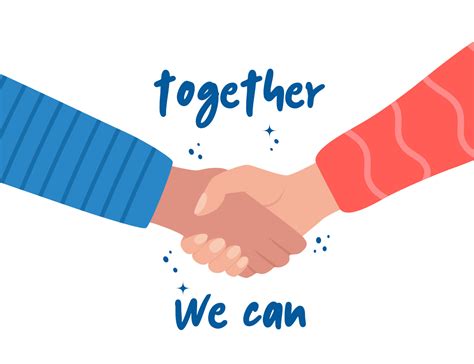Hit and Run: The Importance of Community Support
Hit and run accidents are devastating events, leaving victims with physical injuries, emotional trauma, and often, a significant financial burden. While law enforcement plays a crucial role in investigating these crimes and bringing perpetrators to justice, the support of the community is equally vital in the healing and recovery process. This article explores the multifaceted importance of community support for victims of hit and run accidents.
How Can Community Support Help Hit and Run Victims?
Community support manifests in various ways, offering crucial assistance to victims during a difficult time. This support can be both practical and emotional, significantly impacting their journey to recovery.
Practical Support:
- Financial Assistance: Hit and run accidents often result in substantial medical bills, lost wages, and property damage. Community fundraisers, GoFundMe campaigns, and charitable organizations can provide much-needed financial relief, easing the victim's financial stress.
- Legal Assistance: Navigating the legal complexities of a hit and run case can be overwhelming. Community organizations may offer pro bono legal services or connect victims with lawyers who are experienced in handling such cases.
- Transportation and Logistics: Dealing with injuries can make everyday tasks challenging. Community members might offer transportation to medical appointments, assist with errands, or provide temporary housing if needed.
- Home Repairs and Property Restoration: If the accident damaged the victim's property, community volunteers might help with repairs or offer resources for professional restoration services.
Emotional Support:
- Counseling and Therapy: The psychological impact of a hit and run can be severe, leading to PTSD, anxiety, and depression. Access to mental health services is crucial, and community support can help victims find and afford therapy.
- Support Groups: Connecting with other victims of hit and run accidents can create a sense of community and shared experience, fostering a supportive environment for healing and emotional processing.
- Acts of Kindness: Simple acts of kindness, such as offering a meal, running errands, or simply listening, can make a significant difference in a victim's emotional well-being.
What Role Do Community Organizations Play?
Community organizations play a pivotal role in coordinating and providing support to hit and run victims. These organizations often act as central hubs, connecting victims with the resources they need. They may:
- Organize fundraisers and awareness campaigns: To raise money for victims and increase public awareness about the seriousness of hit and run accidents.
- Provide information and guidance: On legal processes, insurance claims, and available support services.
- Facilitate connections: Between victims and various support networks, including legal professionals, medical providers, and mental health specialists.
How Can You Help?
Even if you're not directly involved in a hit and run, you can still contribute to a supportive community environment. Here are some ways to make a difference:
- Donate to relevant charities: Many charities specifically support victims of traffic accidents, including hit and runs.
- Volunteer your time: Offer assistance to victims through volunteer organizations or directly.
- Spread awareness: Educate your community about the importance of staying vigilant and reporting hit and run incidents to the authorities.
- Support local organizations: that provide assistance to crime victims.
What are the long-term effects of a hit and run?
The long-term effects of a hit and run accident extend far beyond the initial physical injuries. Victims may experience:
- Chronic pain and disability: Leading to ongoing medical expenses and limitations in daily activities.
- Post-traumatic stress disorder (PTSD): Characterized by flashbacks, nightmares, and anxiety.
- Financial hardship: Due to lost wages, medical bills, and property damage.
- Psychological distress: Including depression, anxiety, and difficulty trusting others.
How can I help a friend or family member who has been a victim of a hit and run?
Supporting a loved one who has been involved in a hit and run requires sensitivity, patience, and understanding. You can help by:
- Offering practical assistance: Help with daily tasks, errands, or transportation.
- Providing emotional support: Listen to their concerns, validate their feelings, and offer encouragement.
- Connecting them with resources: Help them find legal assistance, medical care, or mental health services.
- Respecting their healing process: Allow them time to grieve and recover at their own pace.
In conclusion, community support is not merely beneficial but essential for victims of hit and run accidents. By working together, communities can create a safety net that helps victims navigate the complexities of their situation, fostering healing, and facilitating a path toward recovery. The collective effort to support these individuals underscores the strength and resilience of a compassionate community.

